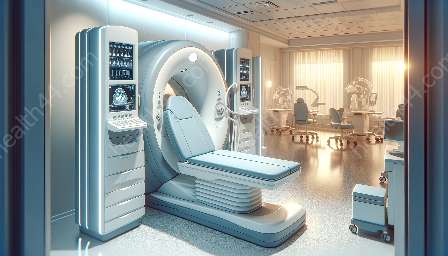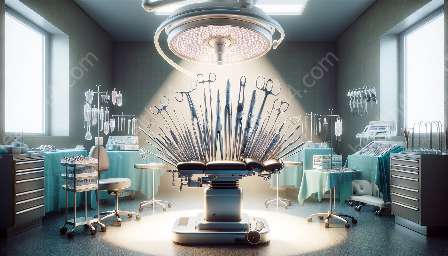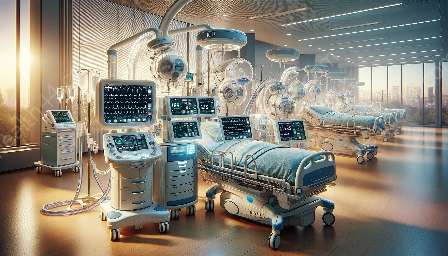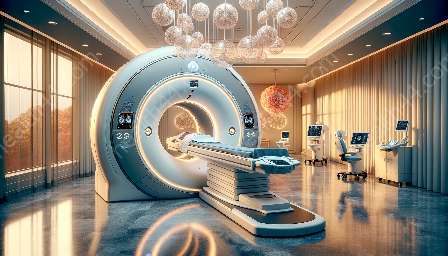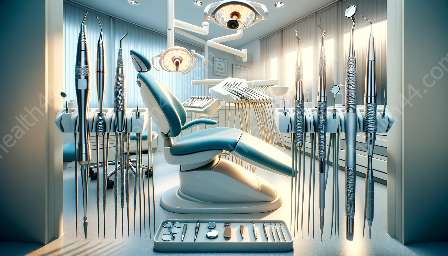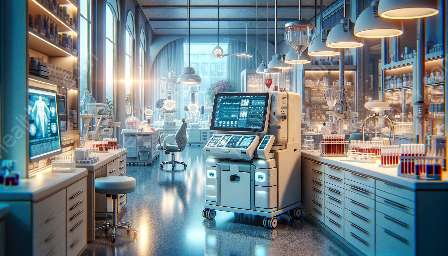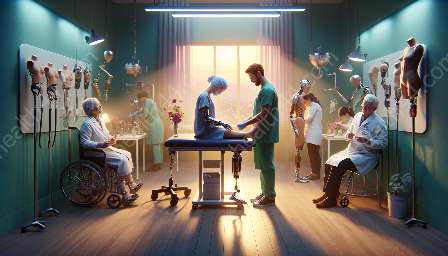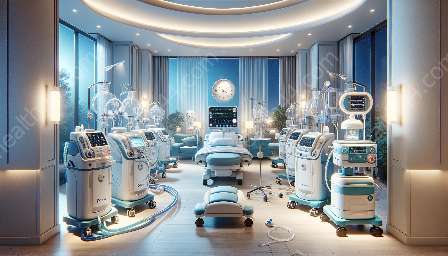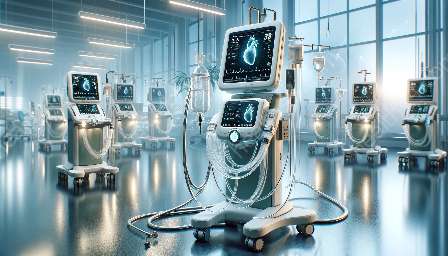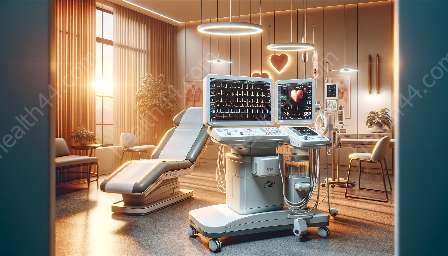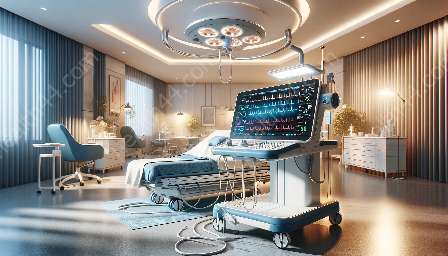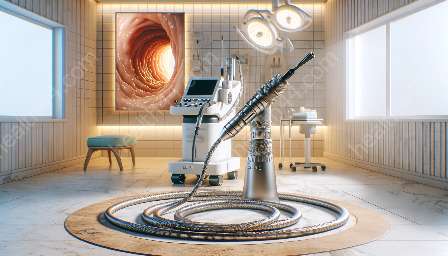Life support systems play a crucial role in sustaining life and improving health outcomes for patients. In the context of medical devices and equipment, these systems are essential for providing critical care and enhancing the quality of healthcare services.
The Importance of Life Support Systems
Life support systems are designed to maintain or assist vital physiological functions when a patient's own body is unable to do so. These systems are commonly used in emergency and critical care settings to sustain life in patients with severe injuries, illness, or compromised organ function.
From artificial ventilation to cardiac support, life support systems encompass a wide range of medical devices and equipment that are integral to modern healthcare practices. These systems are designed to address various organ failures and support essential bodily functions, ultimately ensuring patient survival and improved health outcomes.
Medical Devices and Equipment in Life Support Systems
The evolution of medical technology has led to significant advancements in life support systems, resulting in the development of sophisticated medical devices and equipment. Ventilators, cardiac assist devices, renal replacement therapy machines, and extracorporeal membrane oxygenation (ECMO) equipment are some examples of the diverse range of devices used in life support systems.
These medical devices and equipment are specially designed to provide mechanical support to essential bodily functions, such as breathing, circulation, and filtration of blood. They are equipped with advanced monitoring and control systems that allow healthcare professionals to closely monitor and adjust the parameters to suit individual patient needs, thus optimizing the delivery of life support and critical care.
Impact on Healthcare
The integration of life support systems with medical devices and equipment has significantly transformed the landscape of healthcare, enabling the provision of advanced critical care services to patients in need. These systems have not only revolutionized the management of critical illnesses and injuries but have also resulted in improved patient outcomes and reduced mortality rates.
Additionally, the continuous innovation in life support systems has paved the way for personalized and tailored patient care, allowing healthcare providers to customize treatment strategies based on individual patient requirements. This personalized approach has contributed to the enhancement of overall healthcare quality and the optimization of resources, leading to more efficient and effective healthcare delivery.
Conclusion
Life support systems, supported by a diverse array of medical devices and equipment, are indispensable components of modern healthcare. Their ability to sustain life, manage critical conditions, and improve patient outcomes underscores their vital role in the healthcare ecosystem. As technology continues to advance, the integration of innovative medical devices and equipment with life support systems will further enhance the delivery of critical care and contribute to the ongoing improvement of global health.

